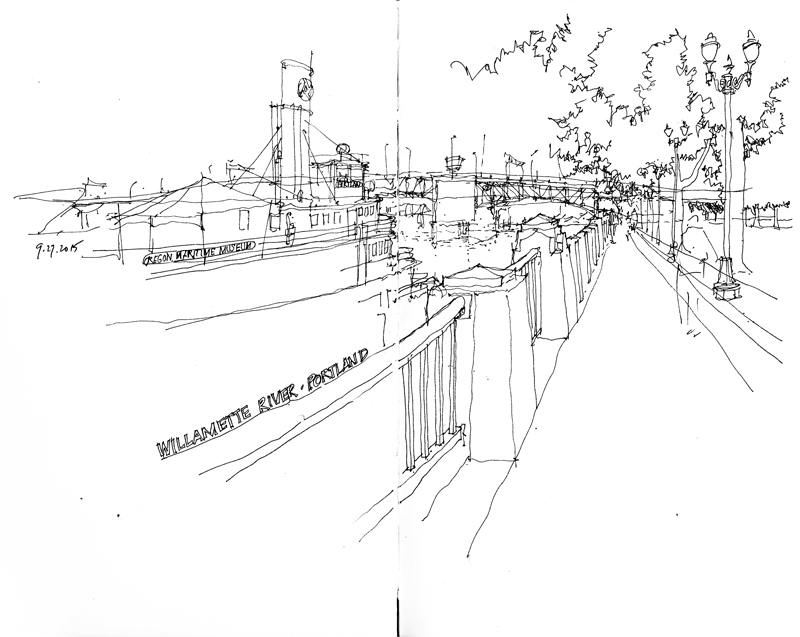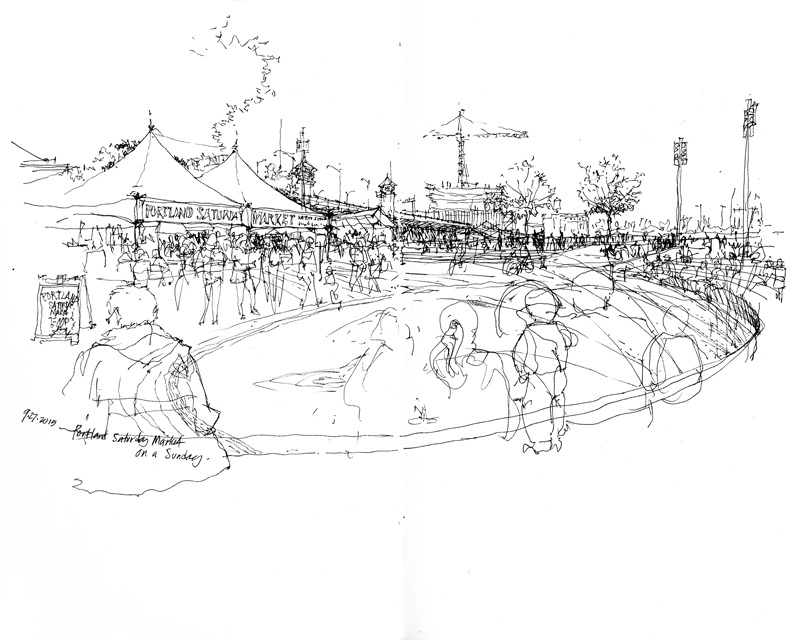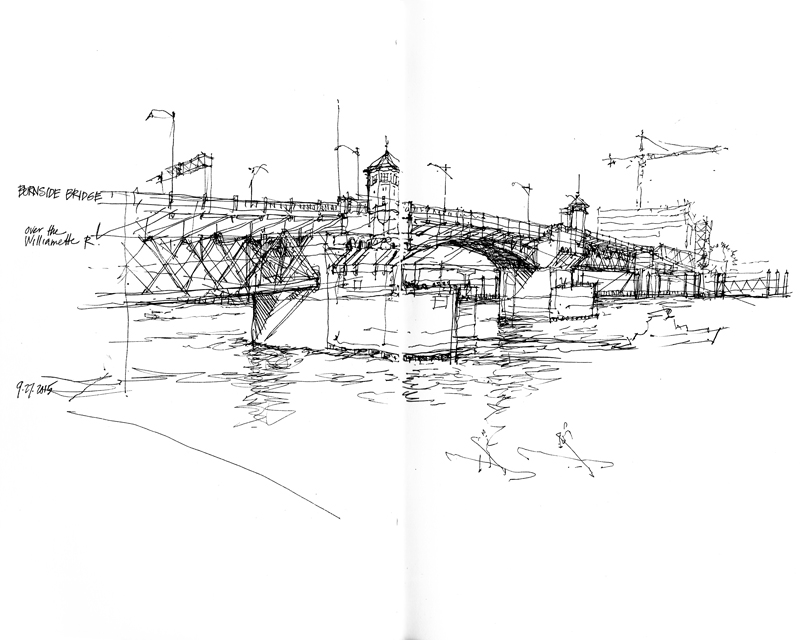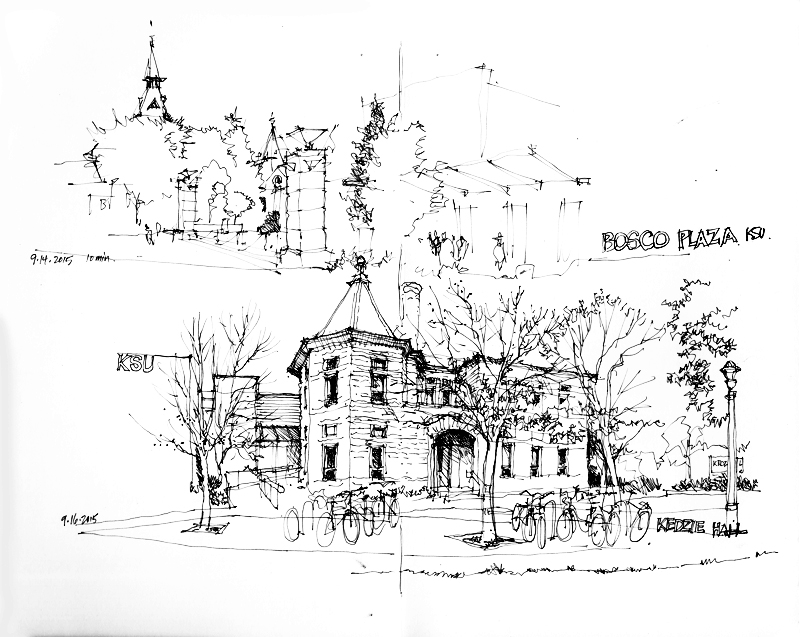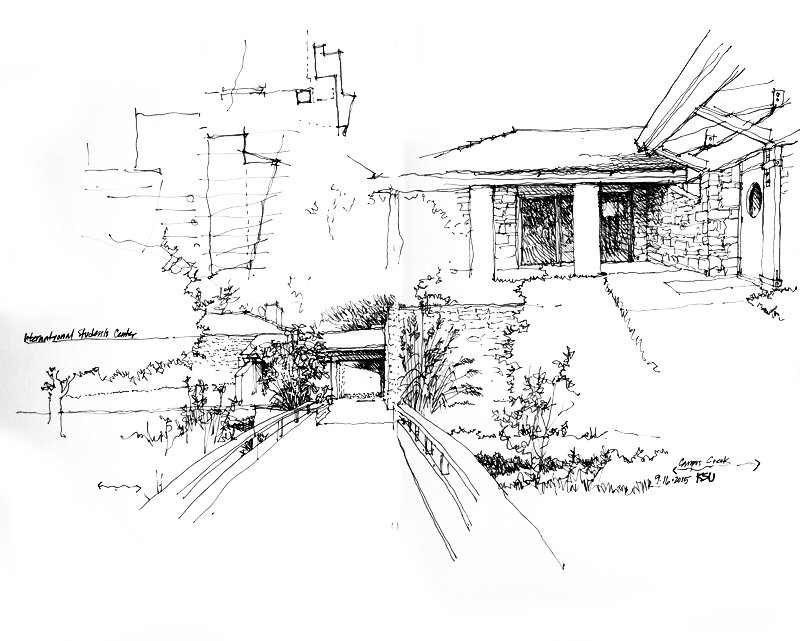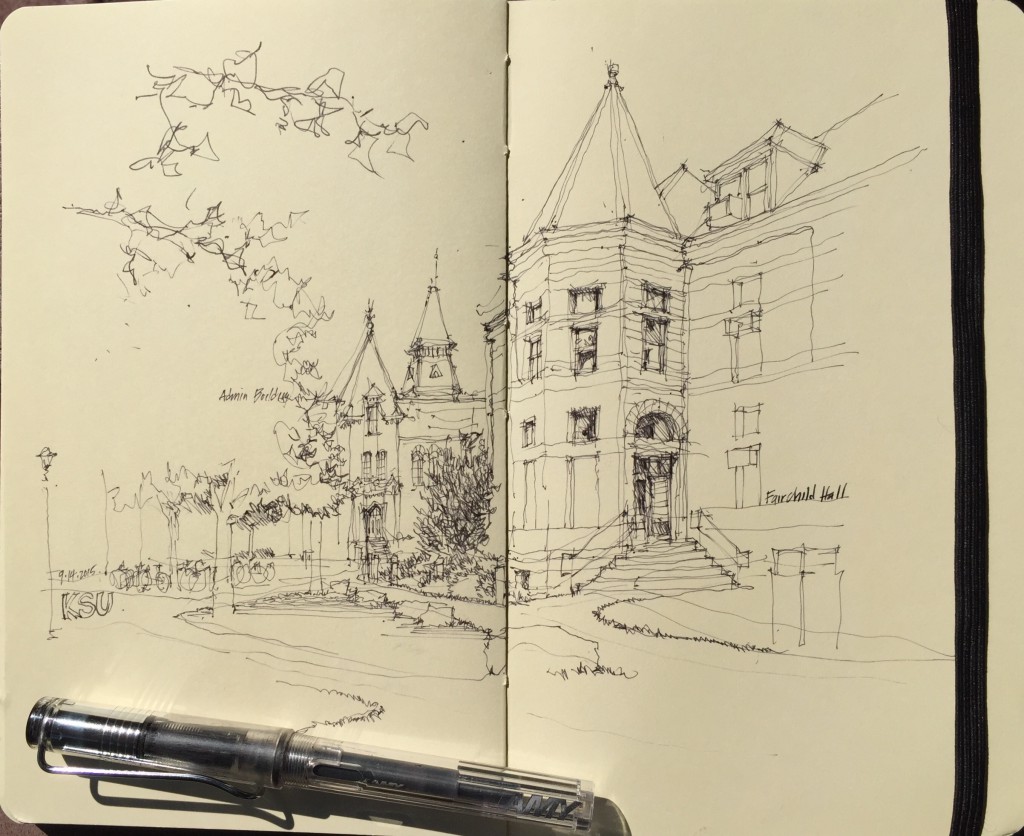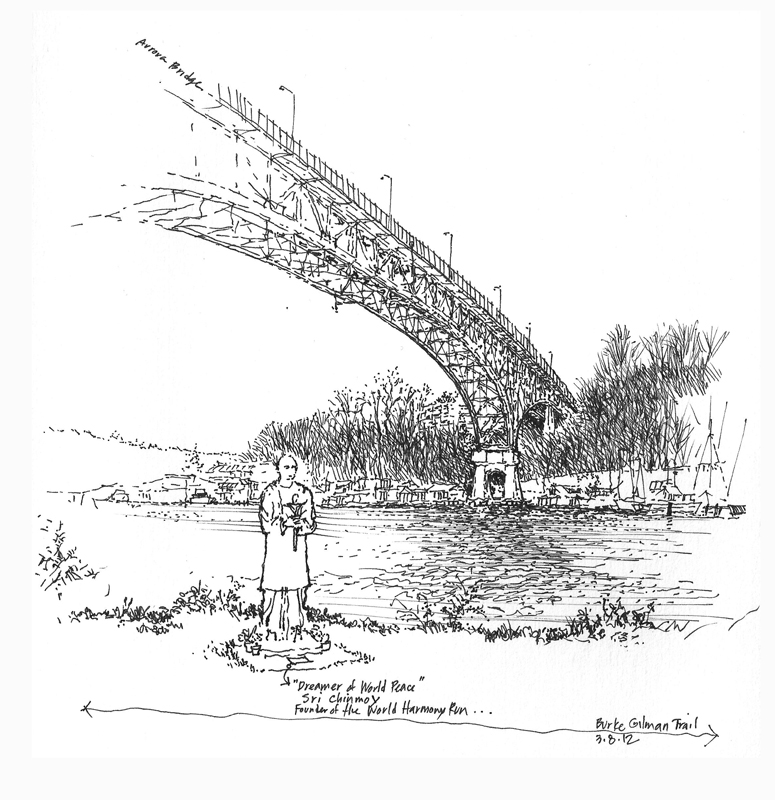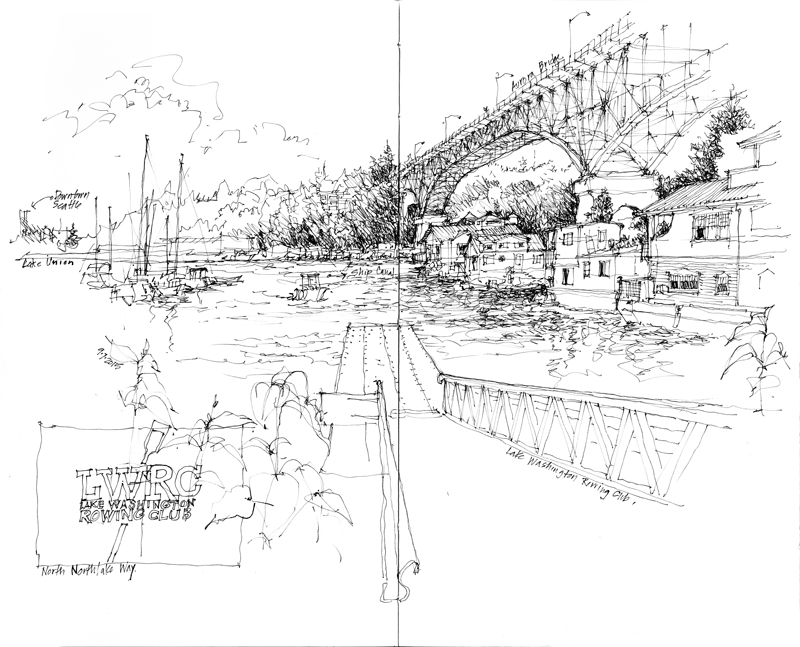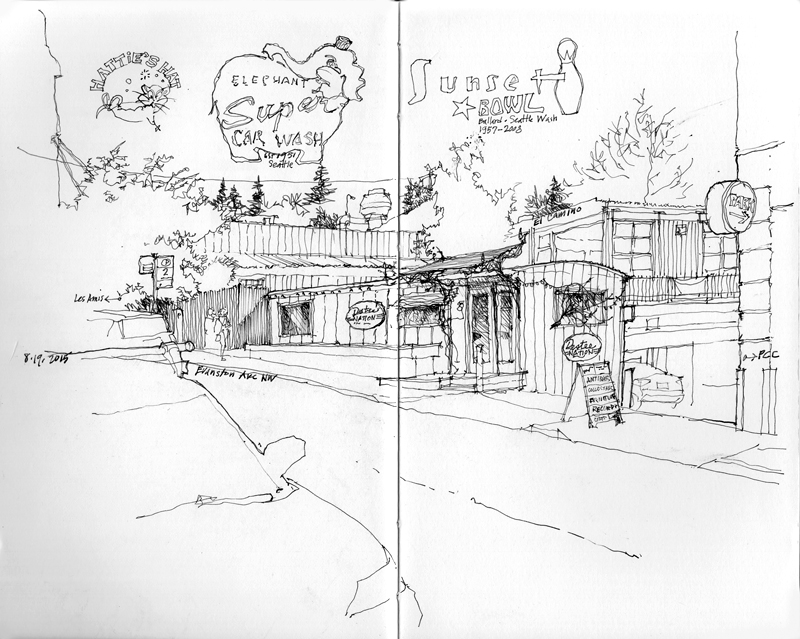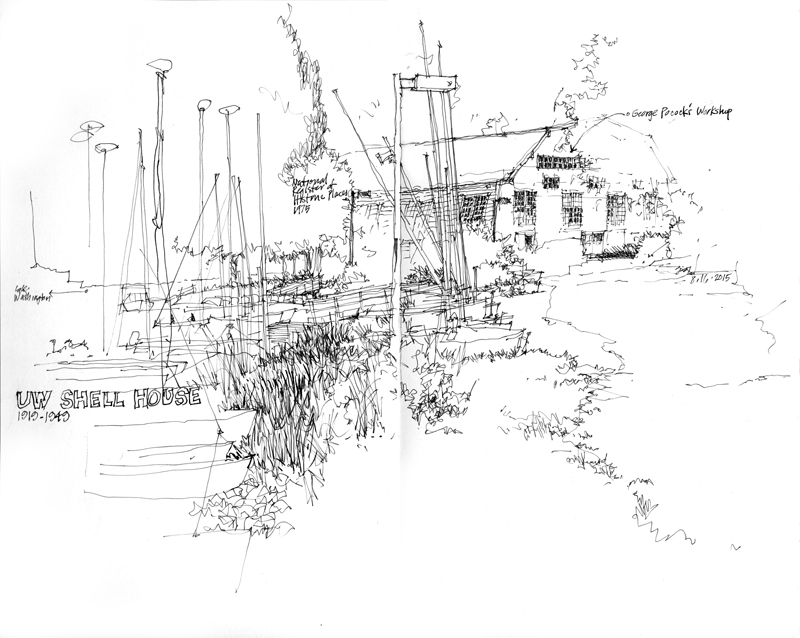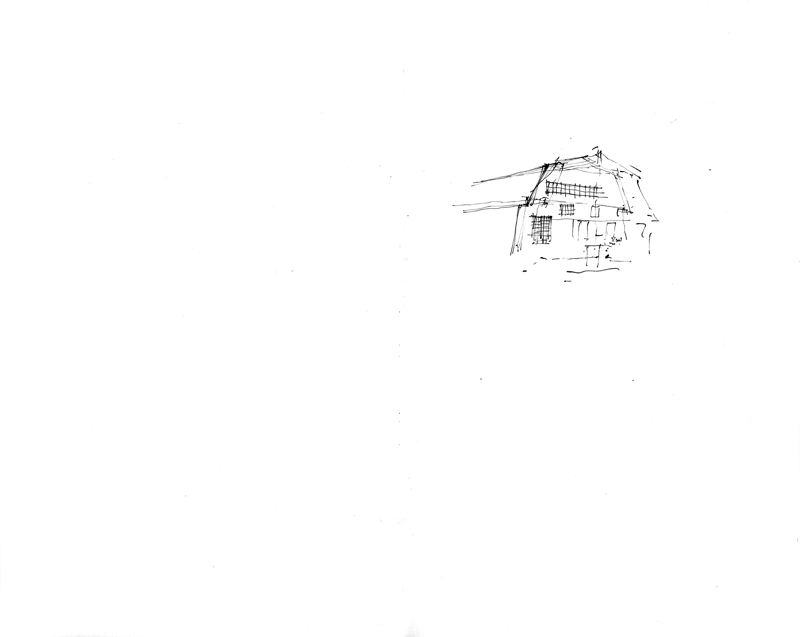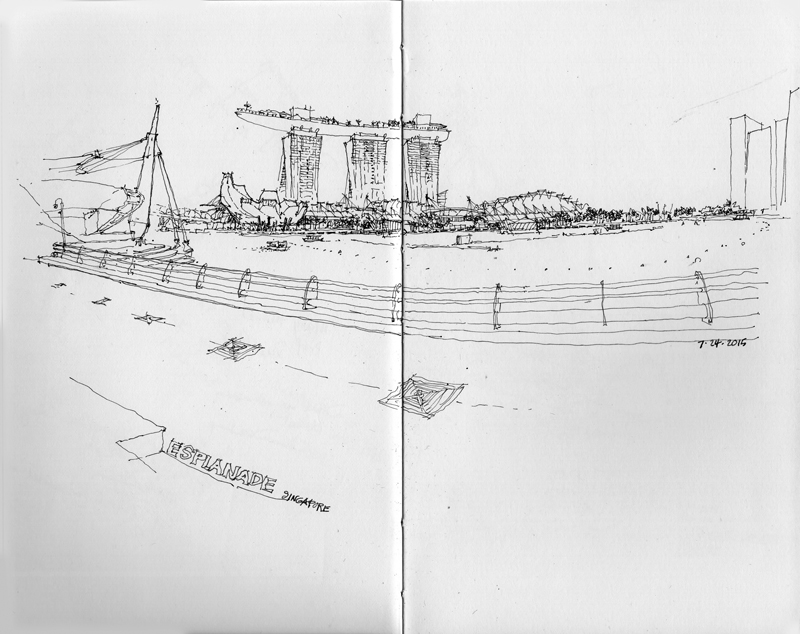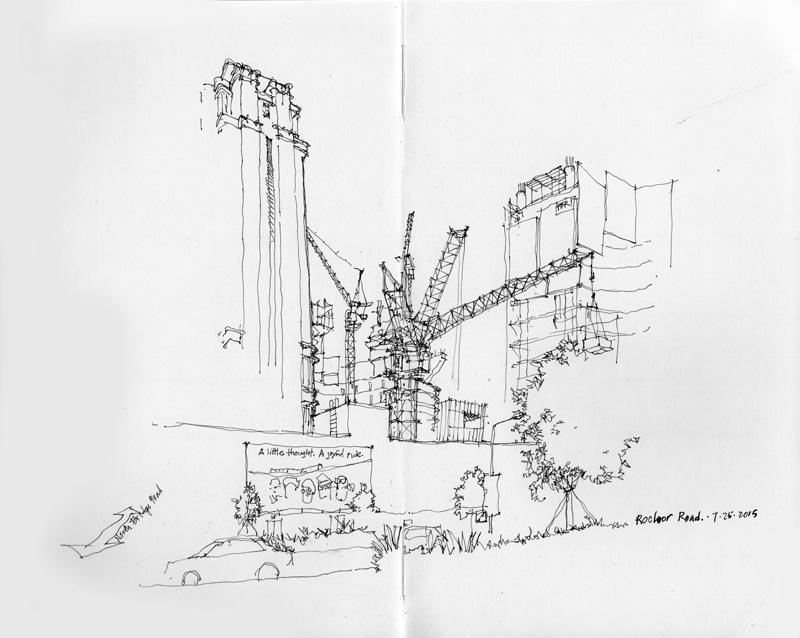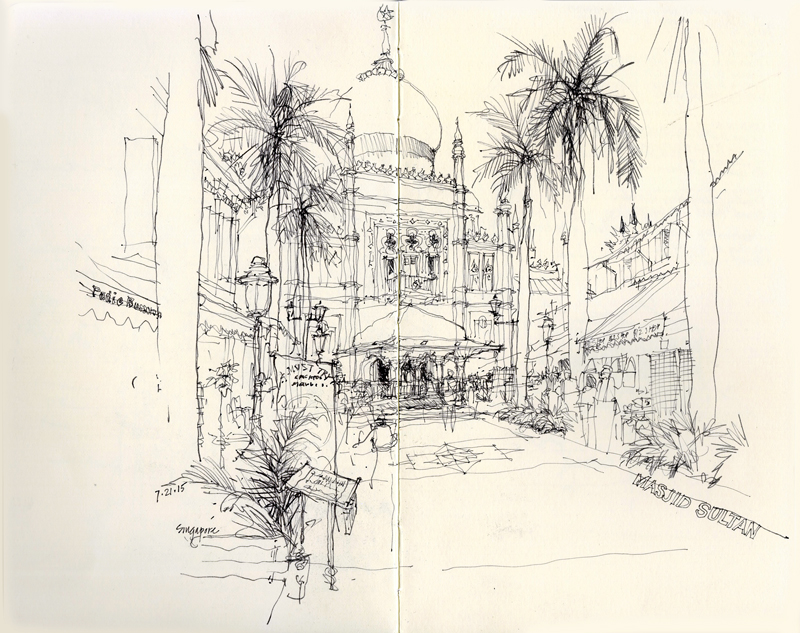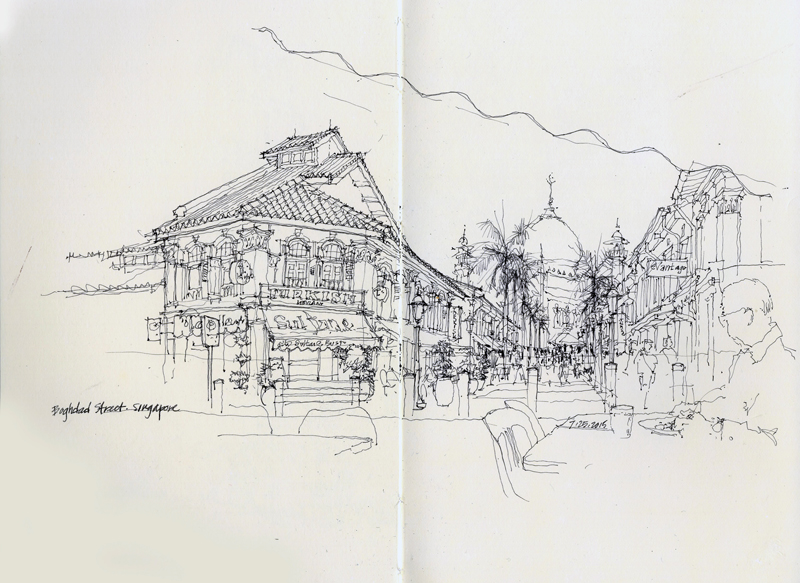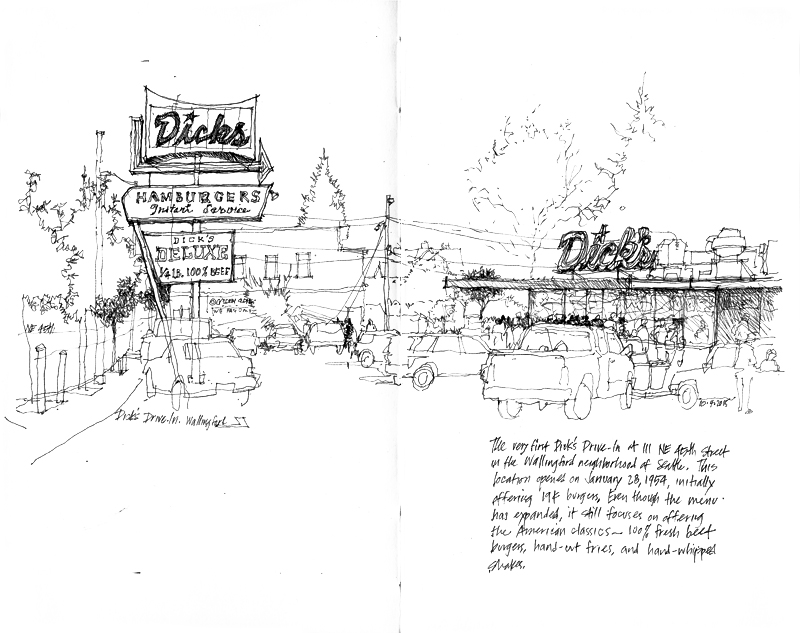 In 1953—the year Frank Sinatra signed with Capitol Records, Dwight D. Eisenhower was elected U.S. President, and Elvis Presley made his first recordings—Dick Spady, Warren Ghormley, and Tom Thomas had an idea for a place where one could park easily and enjoy quality food at low prices with instant service. Despite bank executives not believing in this business model, the first Dick’s Drive-In opened on January 28th, 1954, at 111 NE 45th Street in the Wallingford neighborhood of Seattle. Initially offering 19-cent burgers, Dick’s menu has expanded but still focuses on the American classics—100% fresh beef burgers, hand-cut fries, and hand-whipped shakes.
In 1953—the year Frank Sinatra signed with Capitol Records, Dwight D. Eisenhower was elected U.S. President, and Elvis Presley made his first recordings—Dick Spady, Warren Ghormley, and Tom Thomas had an idea for a place where one could park easily and enjoy quality food at low prices with instant service. Despite bank executives not believing in this business model, the first Dick’s Drive-In opened on January 28th, 1954, at 111 NE 45th Street in the Wallingford neighborhood of Seattle. Initially offering 19-cent burgers, Dick’s menu has expanded but still focuses on the American classics—100% fresh beef burgers, hand-cut fries, and hand-whipped shakes.
With just six locations, Dick’s remains a Seattle institution, not only due to its burgers, fries, and shakes, but also because it offers fair wages, provides employer-paid health insurance coverage to all of its employees, grants employee education scholarships, and gives generously to local charities that serve the homeless.

